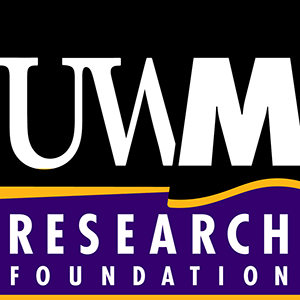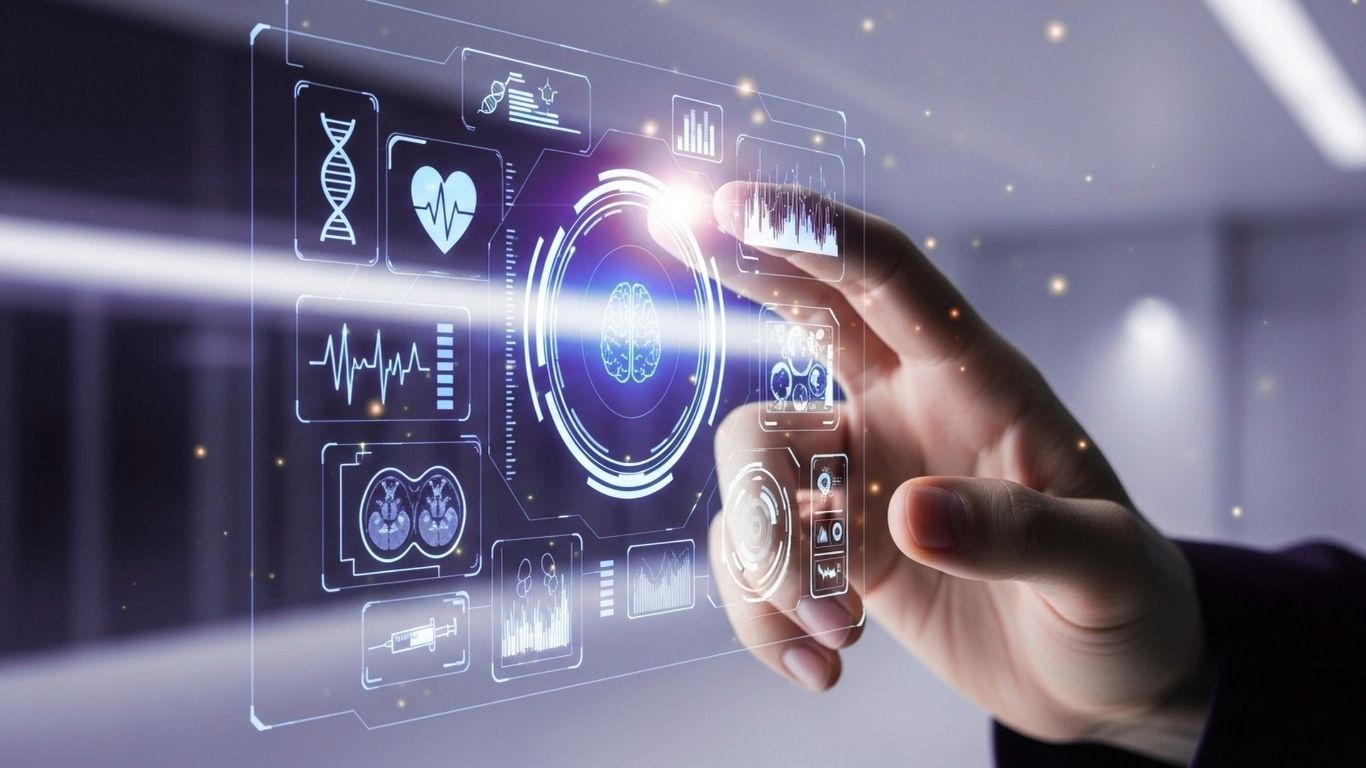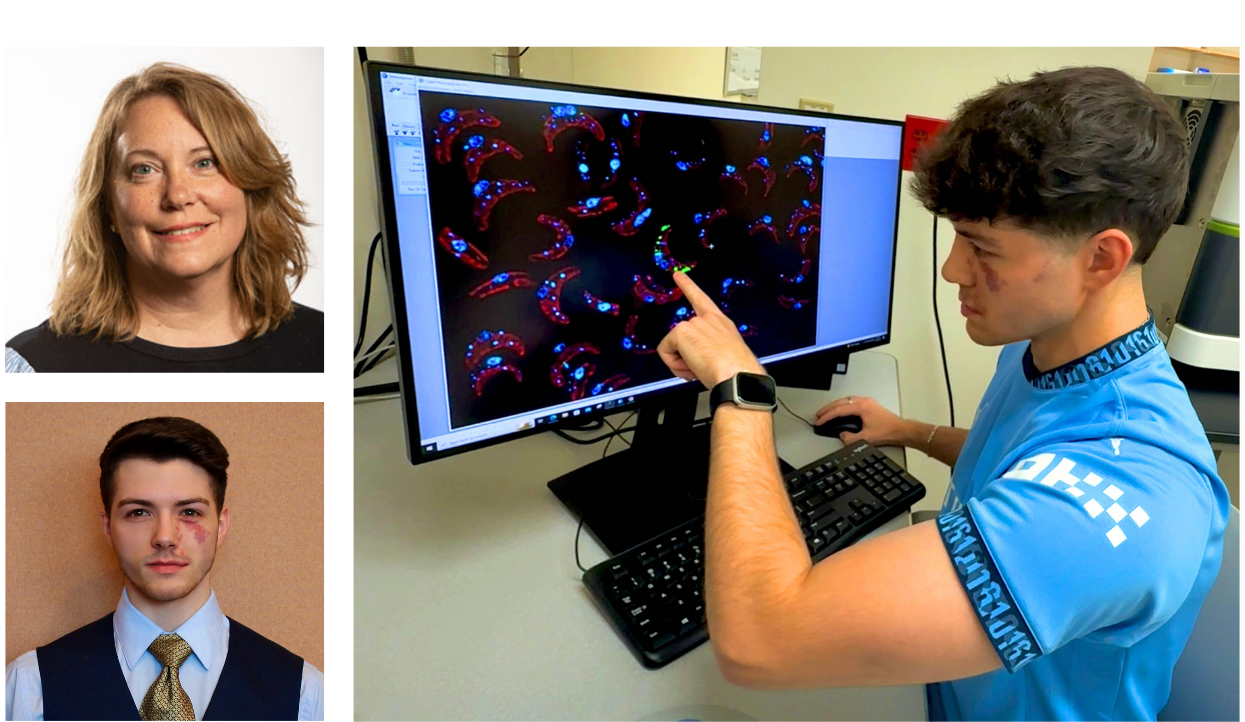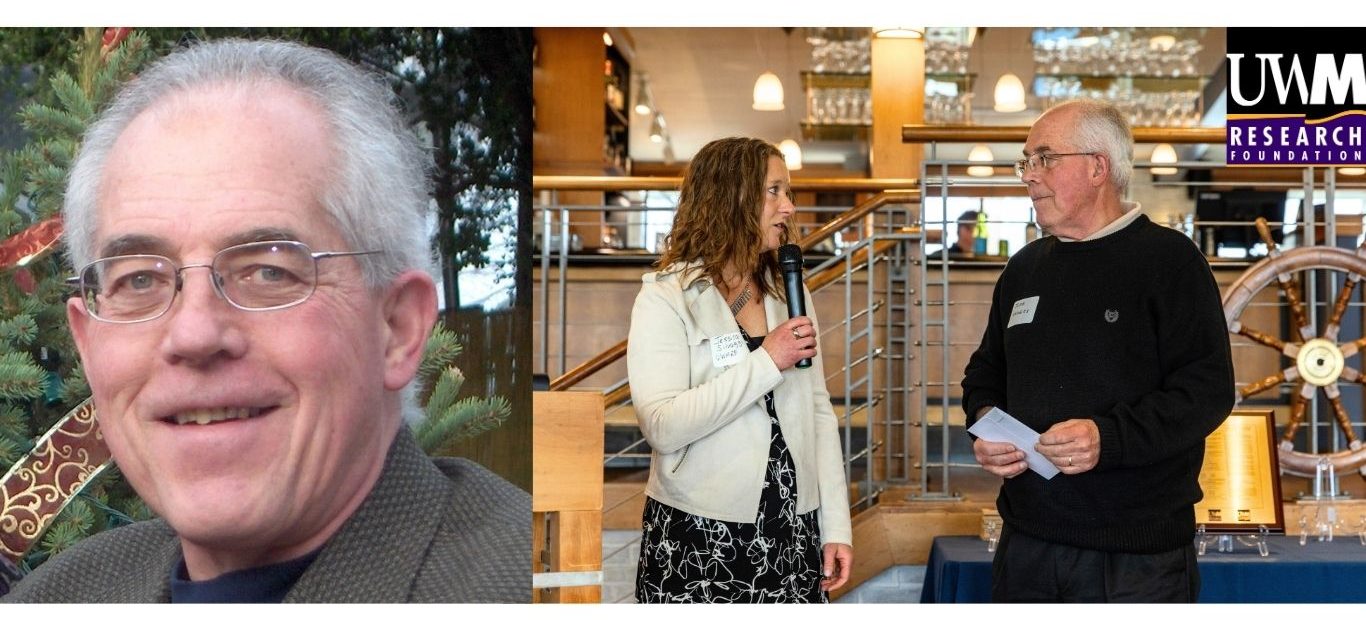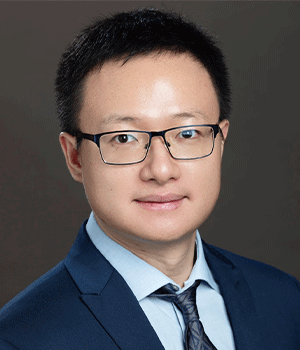
Panther Partner Spotlight: Feng Guo — Powering the Future
What if the same technology driving electric cars could transform airplanes and massive mining trucks? Dr. Feng Guo’s research in power electronics is making that a reality. Whether it’s creating ultra-efficient motor drives or reducing carbon emissions with efficient, compact and intelligent power converters, his mission is clear: innovate, optimize, and electrify. Read on to explore how working with Dr. Guo can help shape the future.
Give us some highlights about your background.
I’m an assistant professor of power electronics at UWM, and my background revolves around energy and how we use it. Specifically, I focus on high-efficiency and high power-density power electronics converters—these are devices that control and manage electrical energy. My research looks at how these converters can be used in a variety of applications, like solar and wind energy systems, as well as cutting-edge transportation technologies like electric vehicles and electric aircraft. These applications need innovation in power electronics to make them more efficient and reliable.
What are some ways you can help companies?
It really depends on the type of company we collaborate with. For example, if we work with electric vehicle companies, my research group can develop highly efficient, compact power inverters. These are essential for controlling the motors that drive electric vehicles, like those used by Tesla. We can also build high-power electric propulsion drives, for future electrified aircraft, which would be especially useful for companies in the aerospace industry, like Boeing or Airbus. The ultimate goal of this work is to reduce carbon emissions and help these industries become more environmentally friendly.
Solar and wind energy are becoming more popular, but there’s a growing need to increase the DC voltage in these systems—from hundreds of volts to thousands. On top of that, the energy output needs to scale up, from kilowatts to megawatts. That’s where high-power converters come in. These converters play a key role in making wind and solar farms more efficient by improving the energy flow and reducing power losses, which helps increase the overall performance of the system.
Tell us about some projects you have done with companies in the past.
Electric mining trucks—One project I worked on was with Caterpillar, focused on developing faster DC charging systems. Fast charging is a huge challenge for electric vehicles, especially large ones like heavy-duty mining trucks. In fact, making charging as quick as possible is a key step in competing with traditional combustion engines in general. We also designed the system to minimize wear and tear over time and avoid damage to key components.
Electric aircraft—Another exciting project involved electric aircraft technology. The idea was to integrate a power electronics motor drive system directly into the aircraft’s engine. In traditional aircraft, they rely on auxiliary power units to help start the engine. But with our developed system, we aimed to replace that process. We designed a system that could use a battery-powered motor to start the engine. Once the engine reaches high speeds, it ignites and generates power. The energy can then flow both ways—between the motor and the generator—allowing the aircraft to use electricity instead of relying solely on fuel.
Which sectors are you most interested in working with?
I’m really excited about the electrified transportation sector because it’s booming and offers so many opportunities. One of our key motivations is to develop medium-voltage, megawatt-scale power electronics motor drive systems. We’re also working on voltage innovations to reduce the size, weight, and volume of transmission lines and cables, which makes the overall system more efficient and lightweight. This kind of optimization is crucial for transportation electrification, whether it’s for electric vehicles, aircraft, or vessels, and I want to help make it happen.
Tell us one fun fact about you—personally or professionally.
Professionally, when I started my PhD, I had no idea how we could use electrical engineering to improve green transportation. I remember seeing a turbo engine that Airbus uses in their commercial planes and realizing I didn’t really understand how it all worked. But during my research, everything started to click. I figured out that combining a few key technologies would allow us to build much more efficient power conversion systems. This was a breakthrough moment. It was exciting to see how my knowledge could directly impact the future of transportation, especially in ways I hadn’t imagined when I first began my studies.
